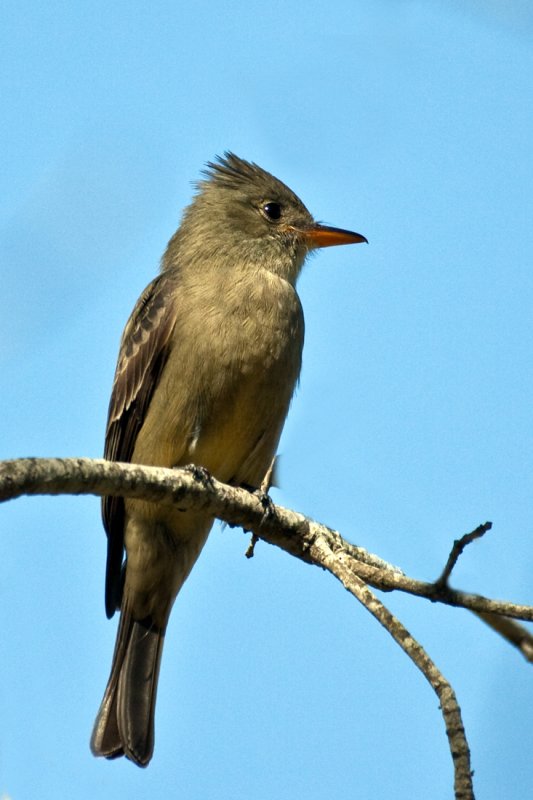
Contopus pertinax
SUBFAMILY
Fluvicolinae
TAXONOMY
Contopus pertinax Cabanis and Heine, 1859.
OTHER COMMON NAMES
English: Coues’ flycatcher, smoke-colored peewee; French:
Moucherolle bistrй German: Couestyrann; Spanish: Pibн Ahumado.
PHYSICAL CHARACTERISTICS
8 in (20 cm). Plumage includes grayish olive head and upperparts,
whitish throat and chin, pale gray breast and underparts,
a yellow wash on the belly, and a long tail appearing notched
when folded. The slender, tufted crest is a distinctive identifier.
Bill has a black upper mandible and an orange lower mandible.
DISTRIBUTION
Southern Arizona and New Mexico, south through Mexico and
into Nicaragua.
HABITAT
Montane pine-oak woodlands and wooded canyons.
BEHAVIOR
Lives singly or in pairs. Frequently perches in dead pines.
Whistles “ho-sa, ma-re-ah!” and chirps a steadily repeated
“pip-pip-pip!” Defends nesting territory aggressively against
larger birds, snakes, and squirrels. Migratory.
FEEDING ECOLOGY AND DIET
From middle-level perch, hawks insects in midair.
REPRODUCTIVE BIOLOGY
Breeds monogamously once per year. Female builds a cupshaped
nest in the fork of a conifer or sycamore. Clutch consists
of three to four eggs. Young are fed by both sexes.
CONSERVATION STATUS
Not threatened. habitat vulnerable to logging of coniferous
forest.
SIGNIFICANCE TO HUMANS
None known.
Other popular Animals
Photo Gallery of - Greater pewee
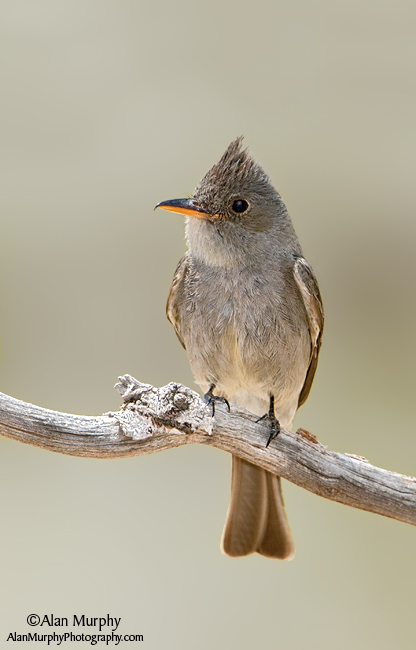
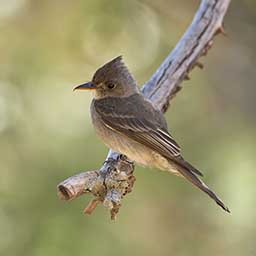
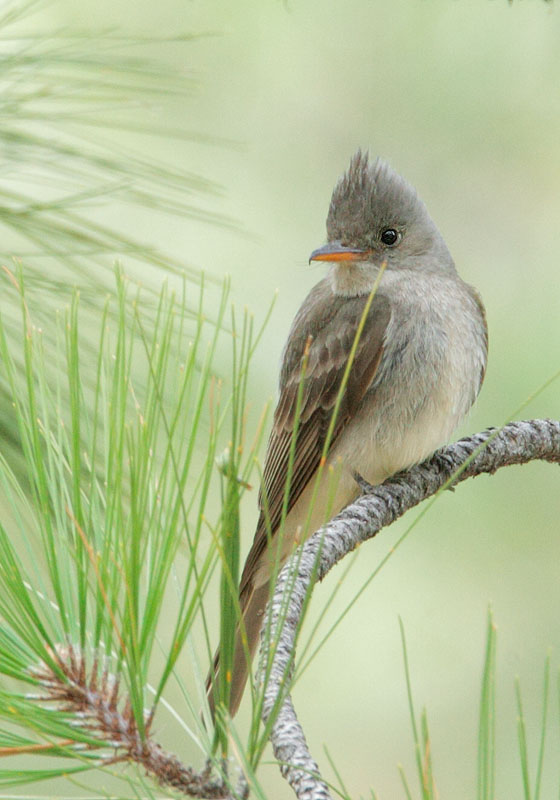
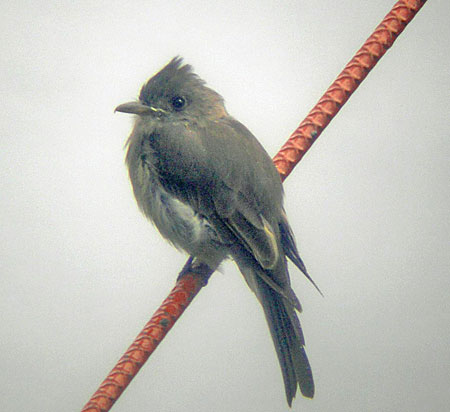
 Animalia Life
Animalia Life